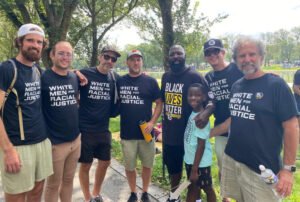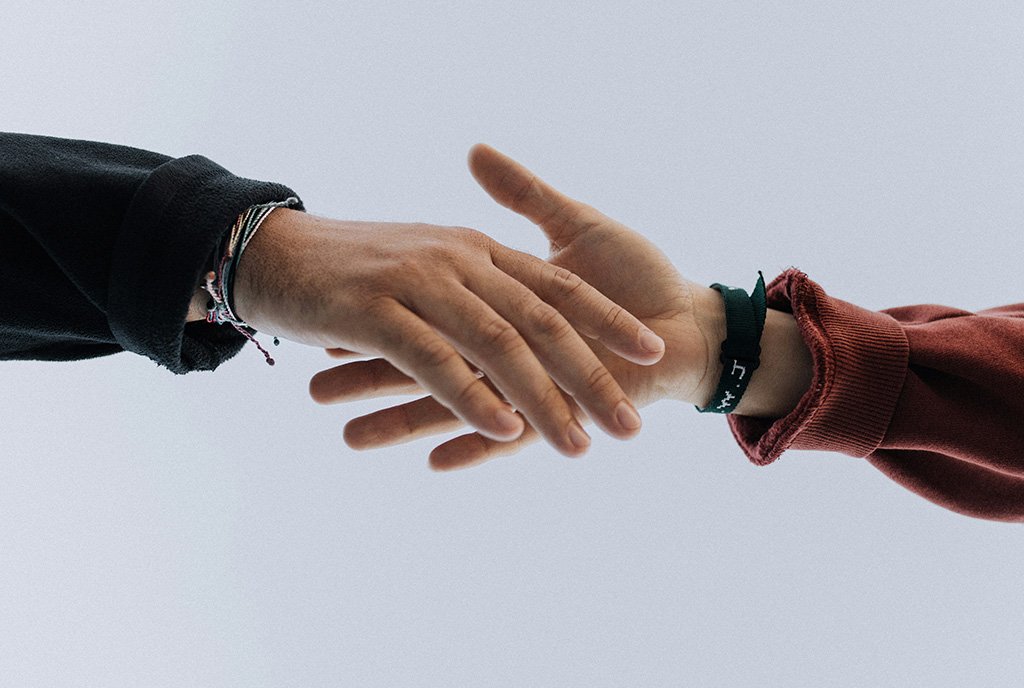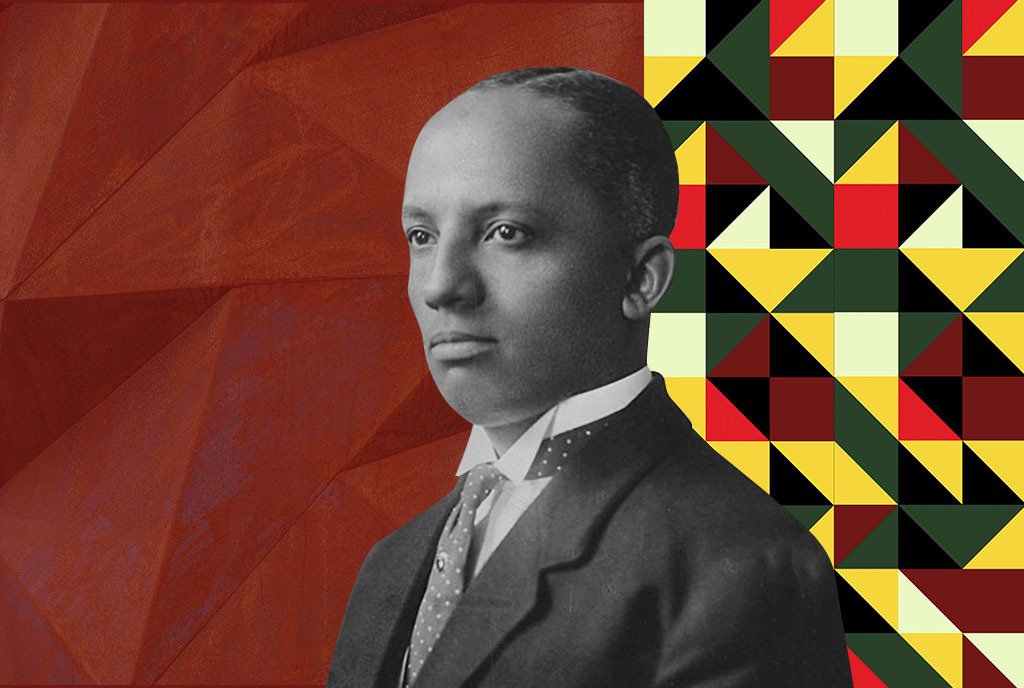March 14, 2015;Newsday
What do we do with the evidence of the most controversial parts of our history? What roles do museums have in the exhibition of Nazi memorabilia or monogrammed Ku Klux Klan robes, reminders of some of our darkest moments?
Sheila McClory-Nuss, curator at Cape May County Historical Museum, has been pondering the question as she organizes a traveling exhibit of similarly controversial items from collections across southern New Jersey. The idea for the exhibit originally came after a neighboring museum called about a donation of a monogrammed Ku Klux Klan robe that was tailored for a woman. Do such contentious artifacts have a place in museums?
McClory-Nuss considered some of the objects her museum itself has kept hidden from the public for decades, like “Confederate flags, racist pop-cultural pieces and Nazi memorabilia donated by local soldiers who brought back souvenirs after World War II.”
“Some members of the board didn’t want them to be in the collection,” McClory-Nuss said. “Other members said they’re horrible objects, but they are markers of history. Nobody really knew what to do. It’s an enduring question: Is it history, or should it be swept under the rug?”
The place of “contro-history” is an important question when one considers the weight many of these items still carry, even decades later. But the question isn’t new for museums, many of which are constantly grappling with issues of what items are meant to be entertained in the public forum and which are not.
Sign up for our free newsletters
Subscribe to NPQ's newsletters to have our top stories delivered directly to your inbox.
By signing up, you agree to our privacy policy and terms of use, and to receive messages from NPQ and our partners.
“All museums face the sensitivities of their audience and not wanting to offend anyone,” said Nicholas Ciotola, the curator of cultural history at New Jersey State Museum. “But more and more, museums are going the other direction, putting controversial things on display to stimulate a conversation.”
According to Ciotola, some museums do it well, and others do not. The Ohio Historical Society put on an exhibit from 2011 (and then its sequel in 2012-13) exploring racism and stereotypes with such items as a Nazi flag, a 20th-century toy bowling set with ethnic people as pinheads, a 1946 Cleveland Indians baseball jacket picturing “Chief Wahoo,” and more.
However, according to Ciotola, “They didn’t contextualize the pieces. They turned controversy on its head to get people to see it.”
McClory-Nuss says that context would be essential in the exhibit, allowing people to place the items properly in the parts of history they are representing. The intention for the exhibit would not be, she says, to glorify the objects or “display them proudly.”
Indeed, for many these items represent the dark history that we globally have tried so hard to escape. However, the same items will also provoke the discussions necessary to combat the forces constantly trying to reprise this history.
“You don’t want to alienate people or make them angry. But you want to make the museum relevant and get them talking about issues that are serious,” said Ciotola.—Shafaq Hasan












